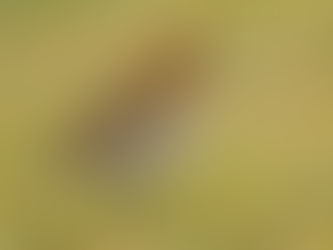
Describe your image

Describe your image

Describe your image

Describe your image
CONSERVING THE WILDLIFE AROUND OUR VILLAGE
CHILTON FOLIAT WILDLIFE
Bat Walk
18th September 2025

A total of 21 people joined the walk, including 4 from the Wiltshire Bat Group. We had a short talk with photos from Gareth Harris in the Village Hall, followed by a walk up to the church, along to Fairyland and finishing just before 9pm at the church again.
Everyone was offered their own bat detector and had an opportunity to use the thermal imaging camera which was excellent. Gareth, Lisa, Linda and Martin of the Wiltshire Bat Group were on hand to give commentary and answer questions. Gareth had a tablet with him to show via frequency graphs what we were hearing. He also shone a very bright torch over the water from the bridge to illuminate the bats. Some were the size of blackbirds.
Daubenton's bat
We encountered:
Emerging from properties on the High Street -
Common pipistrelle bats, flying straight towards the river.
Around the Church, onwards and return -
Common pipistrelle and Soprano pipistrelle.
On the path towards the river -
Multiple Common and Soprano pipistrelles and lots of bush crickets of at least 3 species!

Soprano Pipistrelle

Pipistrelle
At the bridge, were -
A brief pass of a Noctule bat, which annoyingly didn't return!
Multiple Daubenton's bats foraging over the river, skimming the surface. They have a very distinctive call - when heard through the detector they sound like a machine gun.
Natterer's bats also foraging.
Numerous Soprano pips - we heard lots of feeding buzzes, but we also heard a lot of the 'smacking' social calls characteristic of this time of the year, considered to be males acting territorially, e.g. singing to attract a harem of females and trying to repel rival males.
Common pipistrelle, lots of foraging activity.

Noctule
We used the thermal scope to watch the bats foraging over the water too. The heat produced by the bats produces a distinct thermal image against a cooler background. The scene almost looks like daylight and it was wonderful to be able to actually see the bats flying about.
Gareth had previously installed a monitor on a tree in the village, which he retrieved before the talk. It had recorded 38,000 files which he will analyse and send the data through to the Chilton Foliat Wildlife group.
Apparently installing bat boxes is not necessarily a good idea. Due to climate change they may get too hot early in the year when the box contains pups who may not survive the excess heat.
Many thanks to Gareth's colleagues Lisa, Linda and Martin who were happy to answer our queries throughout the walk.
Report by Gareth Harris, Ann McMath and Julia Goodman
https://wiltshiremammals.wordpress.com/wiltshire-bat-group/
IF YOU HAVE FOUND A GROUNDED OR INJURED BAT PLEASE CONTACT DEBBIE HARWOOD, WILTS/HANTS BAT CARE COORDINATOR ON 07760 504257

Natterer's






